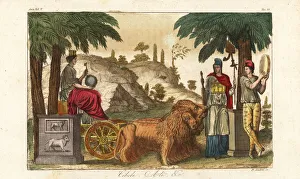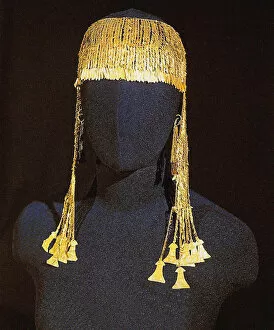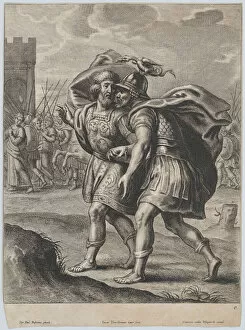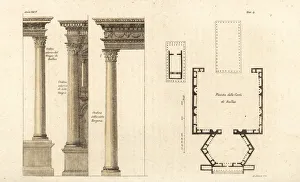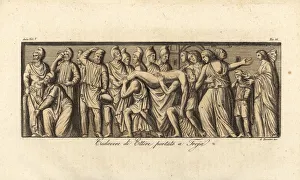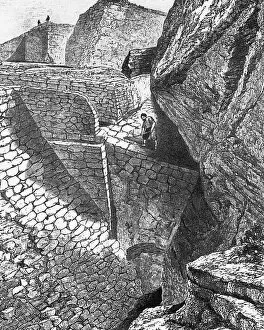Priam Collection
"Exploring the Mythical World of Priam: Tales of Love, Sacrifice, and Tragedy" Step into the captivating world of Priam, the legendary king of Troy
All Professionally Made to Order for Quick Shipping
"Exploring the Mythical World of Priam: Tales of Love, Sacrifice, and Tragedy" Step into the captivating world of Priam, the legendary king of Troy. From his encounters with powerful gods to his fateful interactions with iconic figures from Greek mythology, Priam's story is one filled with intrigue and sorrow. In the tapestry "Three Scenes from the Trojan War, " we witness Ulysses and Diomedes as ambassadors at King Priam's court, demanding the return of Helen. This exquisite silk masterpiece created in Tournai between 1470-80 transports us back to a time when kingdoms clashed over love. Speaking of Helen, her beauty was said to be unparalleled. In Matania's depiction aptly named "Helen of Troy, " we catch a glimpse of her enchanting allure that ignited an epic war. Priam himself had a divine connection through his son Helenus who possessed prophetic abilities granted by Apollo. These visions foretold tragic events such as Polyxena being sacrificed on Achilles' tomb. Giovanni David masterfully captures this heart-wrenching moment in his painting "The Sacrifice of Polyxena" from 1776. But not all prophecies were heeded; Cassandra's warnings fell on deaf ears. Roman-Pompeian wall paintings show Ajax dragging Cassandra away from the Xoanon while she predicts Troy's downfall - an eerie foreshadowing captured by Picart in 1731. Priam's wealth was renowned throughout ancient Greece, exemplified by treasures like the Big Diadem adorned with pendants found among Priam’s treasure trove made by Gold of Troy itself – a testament to his opulence and power. As fate would have it, even mighty kings face their demise. Lucas Vorsterman II immortalizes Achilles and Priam engaging in conversation outside Troy before tragedy strikes in ca. 1644-66.













